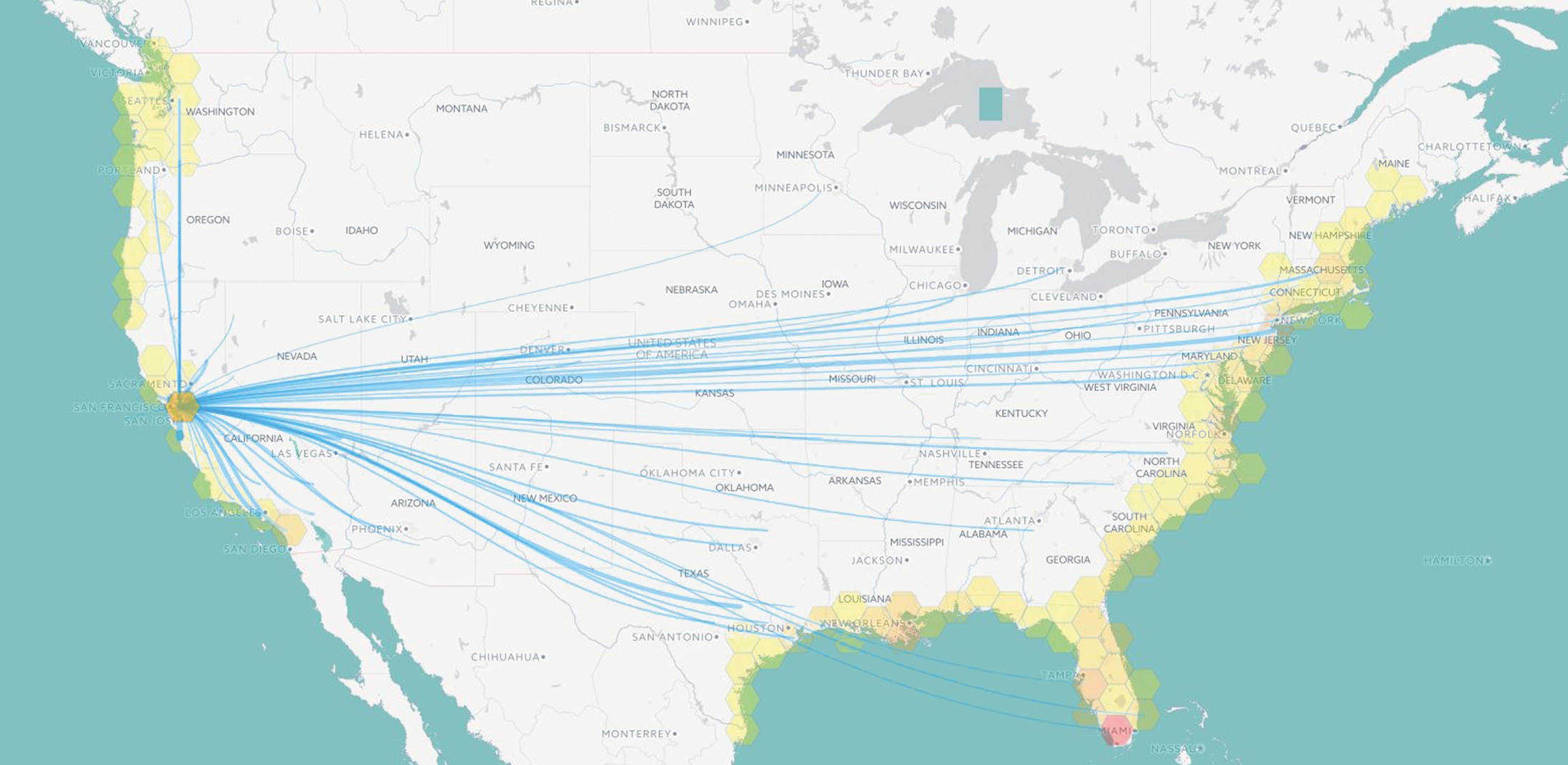
By Lee Anna Sherman
Microbes are masters of adaptation.
In some of Earth’s most extreme environments — Antarc- tica’s frigid ice fields, Yellowstone’s sulfuric hot springs, Crater Lake’s lightless depths, the oceans’ deep-sea basalts — Stephen Giovannoni has discovered thriving communities of bacteria. As the holder of the Emile F. Pernot Distinguished Professorship in Microbiology, he has discovered some of the most abundant life forms on the planet.
About two decades ago, the Oregon State University micro- biologist went looking for microscopic master-adapters in yet another place thought to be inhospitable to life: the clear, still waters of the Sargasso Sea south of Bermuda. There, he made a remarkable find. Not only do bacterioplankton (ocean-drifting bacteria) live in this sea once considered a desert, they’re everywhere. It turns out that this newly found branch of bacteria, named SAR for the Sargasso, is among the most plentiful — and thus evolutionarily successful — life forms on the planet.
“SAR11 is ridiculously abundant,” Giovannoni says, referring to the first SAR strain identified. In fact, the species came to be called Pelagibacter ubique (“ubiquitous ocean bacterium”) when it started turning up in seawater samples worldwide. “They have been present in more than 50 studies from around the globe and account for 25 percent of all the genes found in these studies.”
It had eluded detection mainly because of its diminutive size — small even for a microbe. “SAR11 was basically invisible before,” Giovannoni says, explaining that the key to its success was
simplicity and efficiency. “SAR11 is just better than any other organism at capturing the traces of organic matter dissolved in the oceans.”
After this astounding discovery in 2002, Giovannoni’s lab devised novel technologies for growing these kinds of extra-tiny organisms without Petri dishes. Using gene cloning and DNA sequencing, he and his colleagues have so far sequenced 27 hard-to-grow microorganisms never before described. They have shipped samples to scientists all over the world.
“Our research has led to a general appreciation of how impor- tant these previously unknown organisms are to global ecology,” says Giovannoni. Support from the Emile F. Pernot fund, the National Science Foundation and the Gordon and Betty Moore Foundation have been key. (Emile Pernot helped to establish OSU’s Department of Microbiology. The professorship created by his daughter Mabel Pernot is awarded on a rotating basis and will next be held by Theo Dreher, department chair.)
To figure out how marine microbes compete for and adapt to spatial, temporal and seasonal niches and how they contribute to the cycling of carbon in the oceans, Giovannoni is looking at every- thing from marine snow (carbon-carrying particles that sink into deeper ocean layers) to spring upwelling and summer stratification to species richness (total species in a sample) and surface warming.
“Dynamic interactions between these marine microorganisms lie at the heart of the carbon cycle,” the researcher says. “But progress toward understanding these interactions has been slow to emerge because of the complexity of microbial community ecology.”
__________________________
For information about supporting research and teaching through faculty endowments, contact the Oregon State University Foundation, 1-800-354-7281 or visit CampaignforOSU.org.




